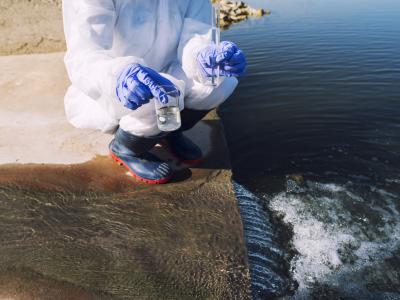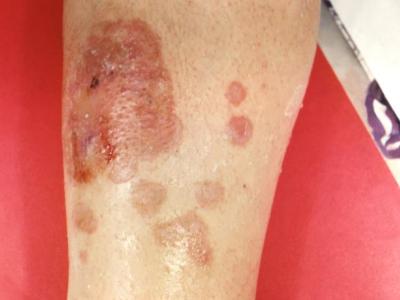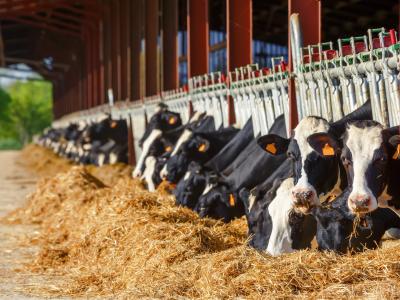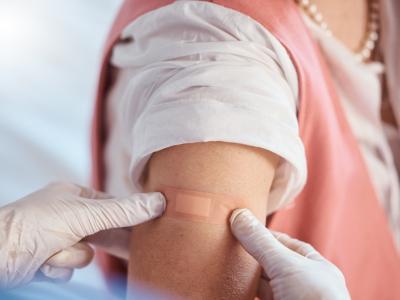WHO advisors propose new vaccine virus strains for pandemic readiness
During recent meetings to recommend the flu strains to include in the Southern Hemisphere's 2021 flu season, the World Health Organization (WHO) advisory group also reviewed the latest developments with zoonotic strains and recommended two new candidate vaccine viruses for pandemic preparedness.
Based on results from genetic characterization and antigenic testing, the group proposed developing an new candidate vaccine virus against a new clade of H5N6 recently detected in poultry in Vietnam, an influenza A/chicken/Vietnam/RAHO4-CD-20-421/2020–like virus.
It also recommended a new candidate vaccine virus against variant H1 (H1v) that was detected in Germany, an influenza A/Hessen/47/2020–like virus.
October zoonotic candidate vaccine virus recommendations
Study shows lower mortality in MERS patients treated with drug combo
In a study today in the New England Journal of Medicine, a combination of recombinant interferon beta-1b plus lopinavir-ritonavir lowered mortality in Middle Eastern respiratory syndrome coronavirus (MERS-CoV) patients.
The randomized, double-blind experiment involved 43 hospitalized MERS patients receiving the treatment and 52 patients getting a placebo for 14 days (or hospital discharge, if earlier) to determine all-cause mortality after 90 days. Participants were enrolled from nine sites in Saudi Arabia from November 2016 to April 2020.
Researchers found that the mortality rate was 28% in patients in the intervention group and 44% in the placebo group, marking a difference of 19 percentage points when adaptive design was taken into account. The researchers write, "In a prespecified subgroup analysis, treatment within 7 days after symptom onset led to lower 90-day mortality than use of placebo (relative risk, 0.19; 95% CI, 0.05 to 0.75), whereas later treatment did not."
Secondary outcomes included the median number of days patients did not need mechanical ventilation (16 days for the treatment group, 5.5 days for the placebo group) and the median number of days that patients were alive outside the intensive care unit (9 days vs 0 days). On day 90, the median Karnofsky performance-status score was 70 points for those who received the treatment and 50 for those who received the placebo. Serious adverse events were reported in 9% of the intervention group and 19% in the placebo group, with most being related to elevated liver enzyme levels. The researchers, though, believe these events were caused by the disease, not any treatment.
Interferons have been investigated for years because of their potential to inhibit viral reproduction and stimulate certain immune reactions, and while this study is promising, the researchers point out that future studies should particularly look at quantifying the viral RNA amounts.
Oct 8 N Engl J Med study











